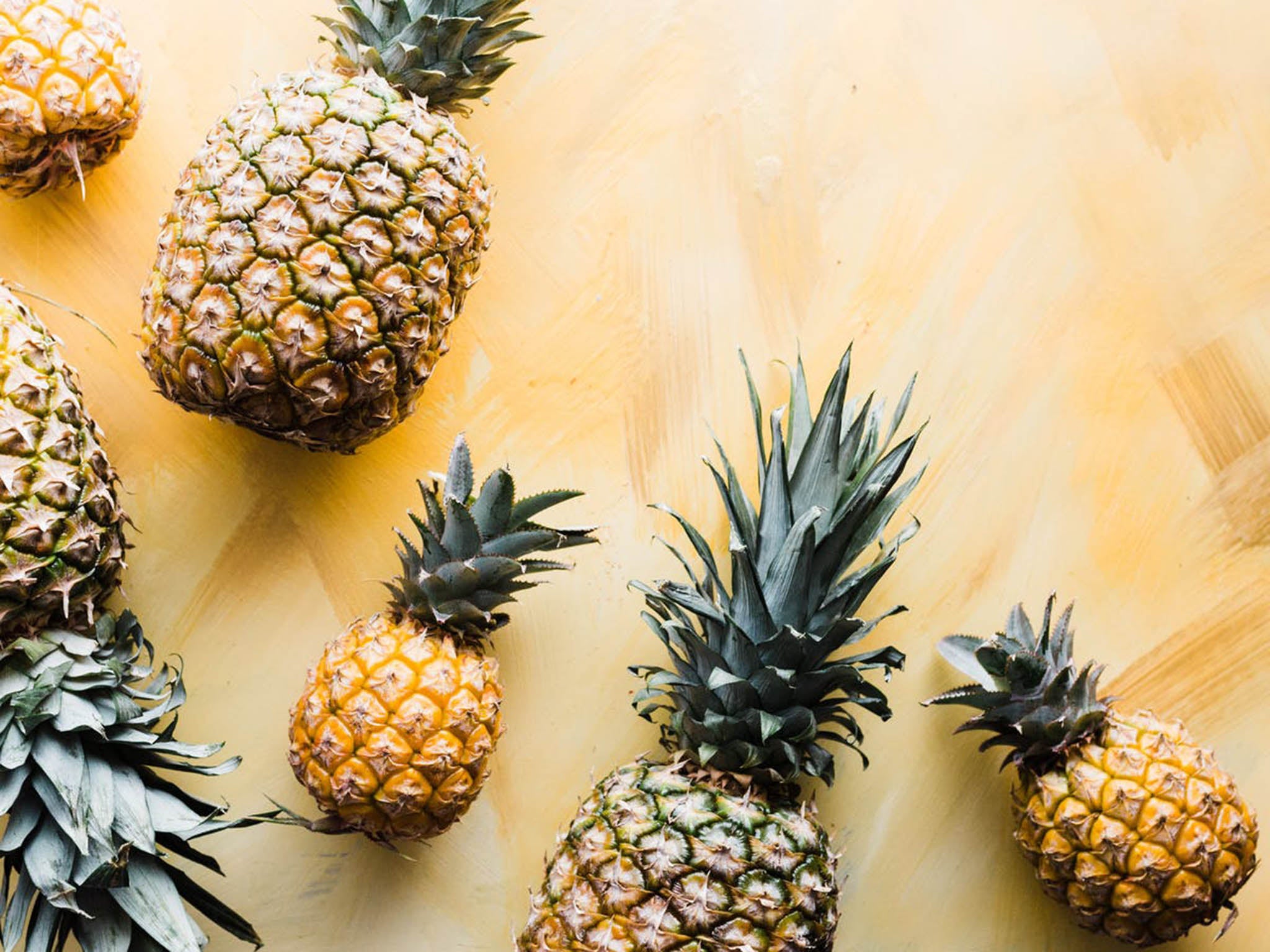How the pineapple became a symbol of the wealthy
Avocado toast may be de rigueur on Instagram – but it is by no means the first food to become an object of conspicuous consumption, says Lauren Alex O’Hagan

A stack of pancakes ladened with syrup, a frothy latte posed next to a white MacBook, a deep-pan pizza oozing with cheese. Instagram has made “food porn” – images that portray food in an appetising or aesthetically appealing way – commonplace. Food is now the most photographed subject on the platform, and #food, #foodporn, #instafood and #yummy are among the most popular hashtags.
One 2017 survey found that 69 per cent of millennials regularly post photos of their food or drink on social media. In many of these images, food is used as a prop alongside other items, such as handbags, jewellery and trainers, in order to display a particular lifestyle and identity to the outside world.
In itself, this isn’t new. People have always found ways to use food to showcase their likes, desires and status. In the UK, two prime examples of this are the pineapple and celery.
Subscribe to Independent Premium to bookmark this article
Want to bookmark your favourite articles and stories to read or reference later? Start your Independent Premium subscription today.
Join our commenting forum
Join thought-provoking conversations, follow other Independent readers and see their replies